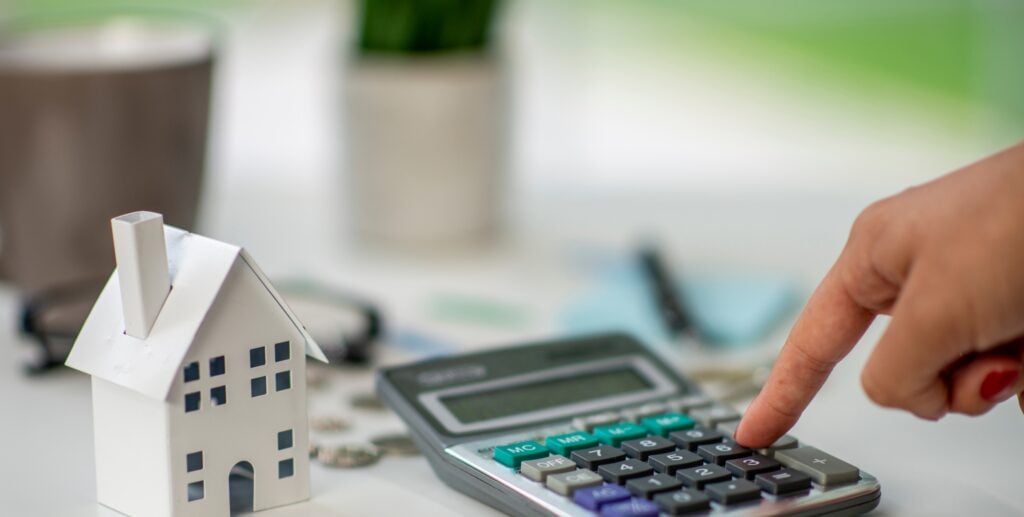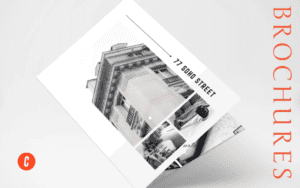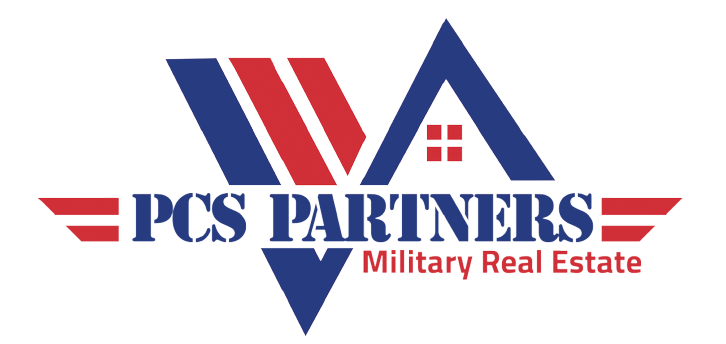Calculating the principal and interest on your loan helps you identify the real cost of the property. If you have a $400,000 loan at a 30-year fixed rate of 5%, the $400,000 isn’t the amount you’ll spend after 30 years. It’s actually $773,158. $400,000 will go towards your principal, while the other $373,158 will go towards your interest.
when you buy a house with a fixed interest rate, your monthly mortgage payment will remain the same for the term of your loan. However, even if you’re writing a check for the same amount each month, how much you put toward your principal and interest will always be different.
In this post, we will define what your principal and interest payments are on a mortgage and calculate how much a home will cost you in order to make a more informed decision when buying a property. We’ll also discuss the difference between APR and your interest rate, what factors affect your interest rate, and how to track where your fixed-rate mortgage payments are going.
Here’s how to calculate the principal and interest on your loan:
What is the principal on a mortgage?
When you take a home loan, your principal is the amount you borrow from the lender. If the total purchase price of your home is $300,000 and you make a 20% down payment of $60,000, the remaining $240,000 is your principal balance.
Purchase Price – Down Payment = Principal Balance
use our mortgage calculator To determine how much home you can afford. Your principal equals your loan amount, which makes it one of the most important numbers to know. Your mortgage principal begins accruing interest right after you take out your loan. Combined, you both pay the majority of the monthly payment you’ll make.
What is interest payment?
Lending institutions don’t loan you hundreds of thousands of dollars and get nothing in return. Your lender charges you interest on the loan, which is usually based on an annual percentage rate (APR).
Most first-time home buyers are surprised to learn that even with low interest rates, they will be spending a lot of money each month on mortgage interest. For example, if you take out a 30-year loan for $400,000 at a 5% interest rate, your monthly payment is $2,147.29. For the first month, $1,666.67 of that payment goes towards interest, and only $480.62 goes towards paying down your principal.
How are your interest payments calculated?
Calculating your interest payment requires a little more math. The formula is:
Monthly interest payment = Principal loan amount x (Annual interest rate / 12)
Original loan amount = $400,000
Interest rate = 5%, or 0.05
In this case, you are interested in:
Interest = $400,000 x (.05/12)
interest = $1,666.67
With a fixed rate, you’ll pay less interest with each mortgage payment as your principal goes down. After your first mortgage payment, your principal balance increases from $400,000 to $399,519.38. For the second month, your interest equation is:
Interest = $399,519 x (.05/12)
Interest = $1,664.66

When you put just $2.01 more into your principal balance, you’ll slowly pay off more and more of your loan over time, which brings us to amortization.
What is amortization?
debt relief This means paying off your home loan over time through regular principal and mortgage interest payments. To calculate amortization it is necessary to use the formula:

A = monthly mortgage payment
P = Principal Balance
I = periodic interest rate
n = total number of payments
We recommend using the Amortization Calculator instead.
why refinement matters
Amortization helps homeowners and real estate investors identify their costs over time.
For tax purposes, the amortization table shows you how much you’ll pay in interest each year. Mortgage interest is tax-deductible, meaning you claim it if you itemize your expenses and exceed the standard deduction limit.
Amortization also refers to how much you will owe on your principal each year or month. The lower your balance, the more equity you have in your home. To keep it simple, let’s assume that the value of your home never increases. Before you make your first payment, you have $100,000 in equity (aka your down payment).
Using the above example, here’s how much your principal is at different time intervals:
| month year | initial down payment | balance | equity |
| 0 months / 0 years | $100,000 | $400,000 | $100,000 |
| 12 Months / 1 Year | $100,000 | $394,098.54 | $105,901.46 |
| 60 Months / 5 Years | $100,000 | $367,314.93 | $132,685.07 |
| 120 Months / 10 Years | $100,000 | $325,368.26 | $174,631.74 |
| 180 Months / 15 Years | $100,000 | $271,535.63 | $228,464.37 |
| 240 Months / 20 Years | $100,000 | $202,449.07 | $297,550.93 |
| 300 Months / 25 Years | $100,000 | $113,786.23 | $386,213.77 |
| 360 Months / 30 Years | $100,000 | $0 | $500,000 |
In this scenario, the more equity you build up, the longer you have the loan. This is because more mortgage payments go towards your monthly principal balance.
APR vs Interest Rate: What’s the difference?
Both rates are expressed as a percentage, but there is an important difference between them.
Your interest rate refers to the annual cost of your loan but does not reflect any fees or charges you may have to pay for the loan.
Your APR is a more holistic expression of what you’re borrowing and is often higher than your interest rate. This reflects your interest rate, mortgage broker fee, any mortgage pointand other charges that you incur to avail your loan.
What factors affect your interest rate?
The lower your interest rate, the lower your monthly mortgage payment—and every percentage point counts! For your $400,000 30-year loan at 5%, your monthly payment is $2,147. However, if your interest rate is 4%, your monthly payment drops to $1,910. That’s a difference of $237!
Here are some factors that determine your interest rate:
- credit score: The higher your FICO score, the lower your interest rate. You’ll usually qualify for the best rates if your credit score is 700 or higher.
- loan term: If your loan is for a shorter term, your interest rate will probably be lower. If you qualify for a 30-year loan at 5%, that same lender may offer you a 15-year loan at 4%.
- Place: If you live in an area where more landlords default, your interest rate may be higher.
- advanced payment: If your down payment is less than 20%, most loans require you to pay private mortgage insurance (PMI), which is an additional 0.58% – 1.86% additional interest.
- current interest rates: Housing market conditions and the Federal Reserve affect home loan rates.
What else is included in your monthly mortgage payment?
Your principal and interest form the basis of your monthly mortgage payment, which will not increase over the term of your loan. However, there are other fees to consider:
- property taxes: These taxes are what your local government charges you based on the assessed value of your property. Appraised value is what a property assessor says your home is worth and is not the same as market value. Property taxes vary from state to state.
- homeowners insuranceHomeowner’s insurance typically covers interior and exterior damage to your home, loss or damage to personal possessions, and liability coverage if an accident occurs in your home or on your property.
- PMI: As mentioned earlier, you will be required to pay PMI if your down payment is less than 20%. This insurance protects your mortgage lender if you don’t make payments on your mortgage. It expires when your loan-to-value (LTV) ratio drops to 78% or less.
- Homeowners Association (HOA) DuesHOA Fees: If you move into a condo or neighborhood with a homeowner’s association, you must pay HOA fees. These vary depending on your HOA.
Keeping track of your principal and interest
To recap, your principal is the amount you borrow from a lender when you take a home loan, and your interest is what a lender charges you for borrowing that money. Now that you know how they work and how to use an amortization calculator to see how much you’re paying and when you can make a more informed decision when buying a home.
questions to ask
Should you pay principal or interest?
Depending on the terms of your loan, you may pay more each month. The extra money goes towards your principal and helps you pay off your loan faster.
How else can you pay off your loan faster?
Some companies will let you make biweekly mortgage payments. Instead of making 12 monthly payments, you’ll earn 26 bi-weekly payments that are equal to half your monthly amount. With this strategy, you’ll pay one extra month each year and reduce your debt over several years.
What percentage of the payment is the principal?
This percentage varies depending on your loan tenure, amount and interest rate.
join the community
Our massive community of over 2+ million members makes BiggerPockets the largest online community of real estate investors ever. Learn about investment strategies, analyze assets and connect with a community that will help you achieve your goals. join Free. What are you waiting for?

Note by BiggerPockets: These are the views expressed by the author and do not necessarily represent the views of BigPockets.





